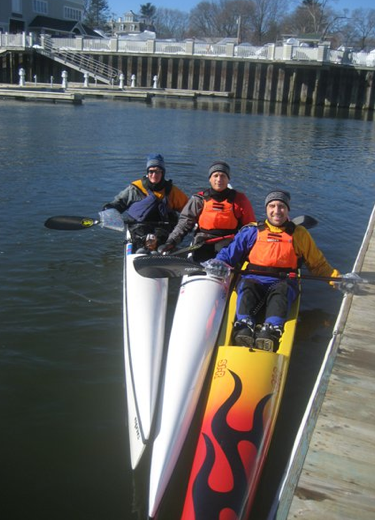
Tom, Steve and Mark Ready for Winter Paddle
As spring rounds the bend here in the northeast, the last vestiges of snow are beginning to melt on my lawn, and the clocks have sprung forward, giving us an extra hour of daylight at day’s end. The local lakes are thawing, and the racing season, already kicked off with the Snow Row, will ramp up another notch as the Run of the Charles approaches. We’ve paddled the skis through the winter most weekends, except for when the launches have been iced in, temps were in the single digits, or winter weather warnings were on the charts.
I liked to think we were prepared for conditions, but the recent loss of a paddler in New Hampshire has me reassessing the potential dangers involved in the sport in general, and particularly so when one plies frigid waters in the dead of winter, early spring, and late fall. My heart goes out to that lost paddler and his family and friends; the repercussions of such loss are far reaching and devastating. How prepared are any of us really? Certainly, this pursuit carries with it often hidden perils, magnified when paddling alone and unsupported, and what can we do to be ready should our intended plan take a sudden and unanticipated turn for the worst? Four main factors should be considered when cold weather paddling.
The Four Essentials are: Equipment, Skills, Preplanning, and Backup.
First and foremost: Equipment. Cold water paddling requires special considerations in terms of dressing for immersion. To all those who reason: ‘I never fall in,’ I might add: ‘Until you do.’ Even in benign conditions, a tangled drinking hose, a slip of a hand on a paddle shaft, or a moment’s inattention are all it takes to go for a surprise swim. As ambient air temps warm, the water temps lag behind slowly; the most dangerous of conditions. Dress for immersion, not for the air. If you’re fitness paddling, this can be brutal. You make your own gravy trapped within layers of clothing, but should you swim, you’ll be happy you had it, even in the aftermath, where wet clothing and a brisk wind will bring about the onset of hypothermia faster than you can say: ‘Dial 911.’


On my head, I’ll either wear a wool watch cap or a neoprene hood with Velcro closure. Wool, the natural insulator, has the added benefit of remaining warm when wet, and does not retain odors like the synthetics do. If there’s room, carrying a spare windproof hat and extra gloves are a good idea. For days with high winds, a facemask or neck gaiter are useful to shield your neck from the elements. Lastly, a well fitting P.F.D. is a must. The first thing that happens in icy water is your body sends your blood to your torso to warm your core and internal organs. Having the extra flotation when remounting your ski is one less thing to worry about.

In terms of Skills, obviously there’s no replacement for possessing the boat handling and balance skills to preclude ending up in the water. None of us ever really start our day thinking: “Gee, wouldn’t it be lovely to take an unplanned dip in 37 degree water?” Practicing remounts from both sides of the ski, both sidesaddle and cowboy/straddle, are essential skills for the surfski paddler. The faster you’re able to get back on your boat, the less time you spend in the water-it’s really that simple. Practicing winter remounts close to shore at the end of an outing is useful toward reinforcing muscle memory, as well as giving the paddler a sense of what it feels like to take a swim in polar conditions. Familiarize yourself with the operation of safety equipment such as flares, VHF radio, even the Aqua Case used to hold your cell phone-you don’t want to be wasting time on the learning curve when bobbing like an ice floe. Perhaps most important is the ability to gauge your own skills and comfort zone, knowing when to say: ‘This is probably not a good idea.’
Preplanning: Know your route, and your anticipated starting and ending times. Let others know it as well, along with the paddlers you’ll be accompanied by. Researching the tides, wind speed and direction, and any other weather patterns ahead of time can be invaluable. Surprises in cold temps are rarely a good thing, and can be fairly easily avoided with a little forethought.
Paddling alone, while sometimes unavoidable, should be the exception rather than the norm if at all possible in icy waters and temperatures. Remember the adage: ‘Safety in numbers.’ This is particularly true for cold weather paddling. While a larger group increases the odds of something going awry for someone, it more frequently allows for a greater pool of backup should the unexpected occur. When paddling with friends, we hold to several hard fast rules:
1.) Stay close to shore. There’s no need to do remote distance crossings in the wintertime. Save those for balmier temps.
2.) Group together. Keep your pack tightly clustered. That way, if someone needs assistance, you’ll be able to ascertain this quickly and rapidly come to their aid.
3.) Paddle only as fast as the slowest paddler. Leave egos at home. If you shuck a group member off the back and something happens to that individual, the group might never realize it until it’s too late.
4.) Communicate. You’d be surprised how quickly voices can be lost to the wind. Keeping vocal contact with other group members is not only social, it’s good safety sense. (Having your whistle at the ready in your P.F.D. is a useful thing.)
Backup: What will you do if the unexpected occurs? This is really a subcomponent of Preplanning, but rehearsing possible scenarios, and what you will do in such events is always a good idea. This can be as simple as a conversation over breakfast or refreshments prior to or following an outing. Talking things over and having a backup plan that’s accepted by all involved saves valuable time spent ‘discussing’ possible options floating in the elements like Nanook of the North.
Not everyone has the benefit of living in a temperate zone year round. For some in more northern climes, icy waters cannot be avoided; it’s a fact of life. One need not hang up the paddle for the colder months of the year. Taking into account some special considerations for safety allows the surfski paddler the freedom to make the sport a year round passion.
Some informative reading on cold water immersion
Cold Shock and Hypothermia
Cold Water Boot Camp
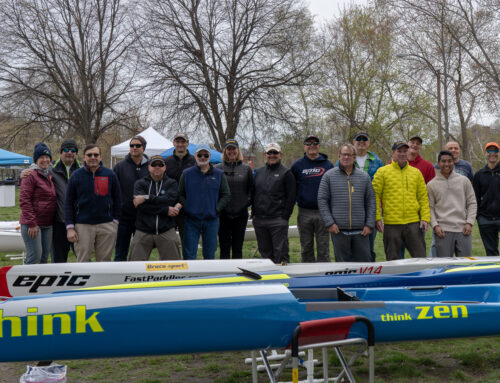
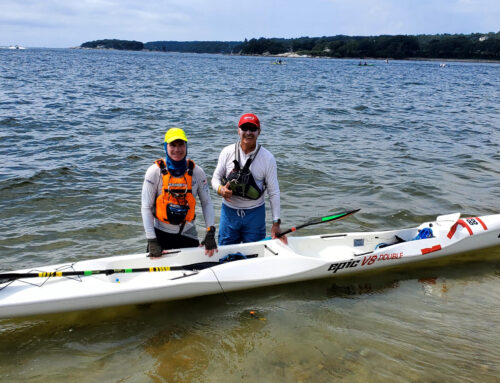
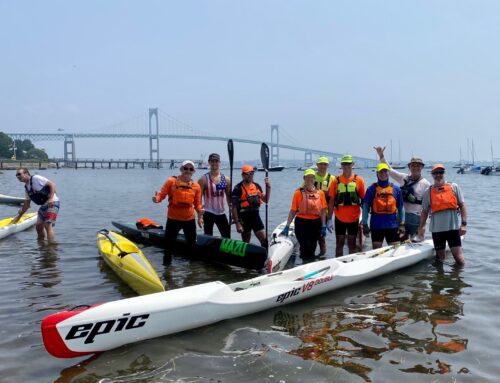
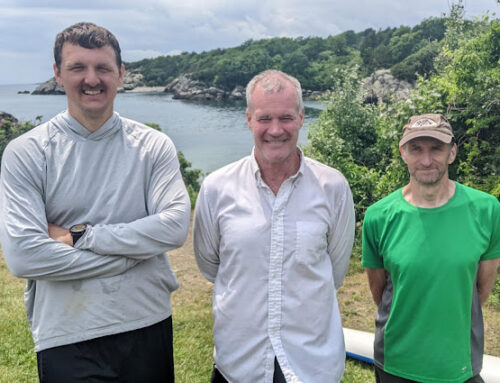
Leave A Comment
You must be logged in to post a comment.